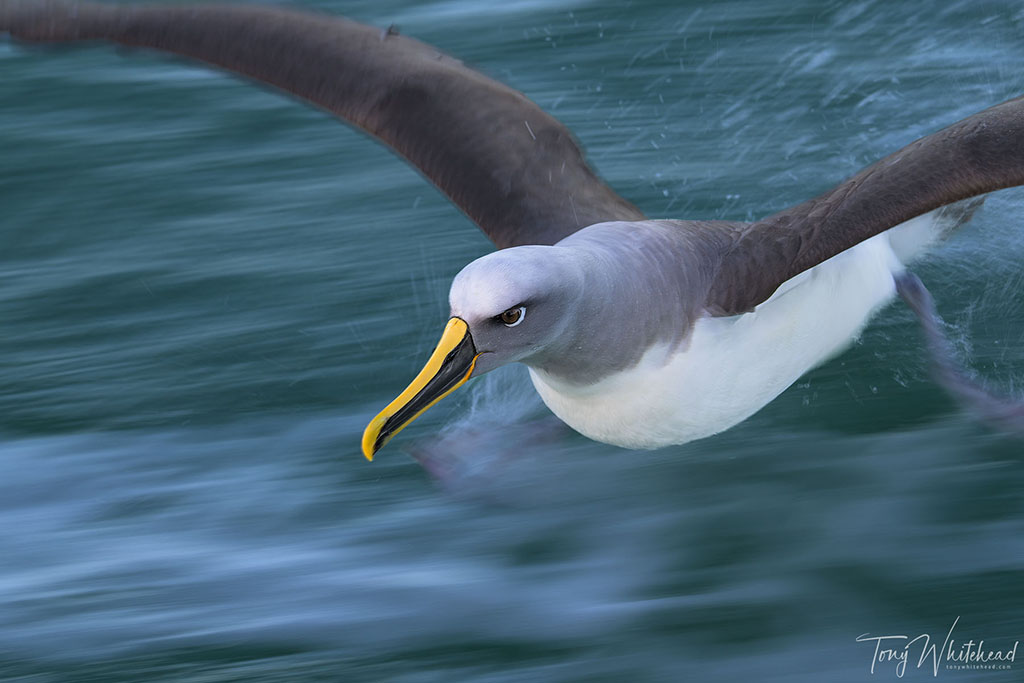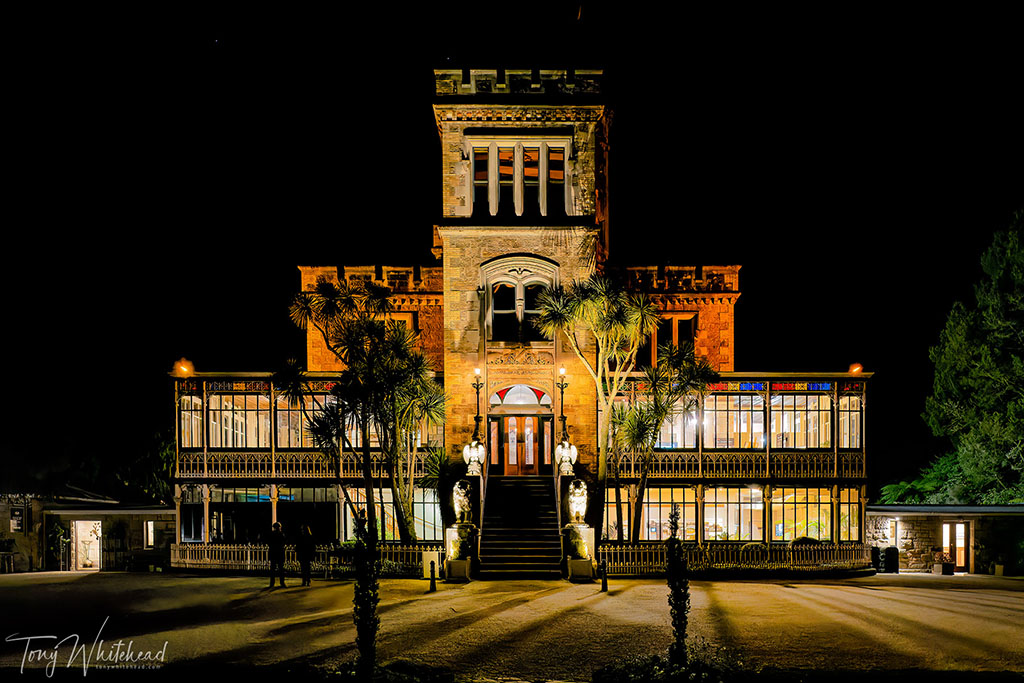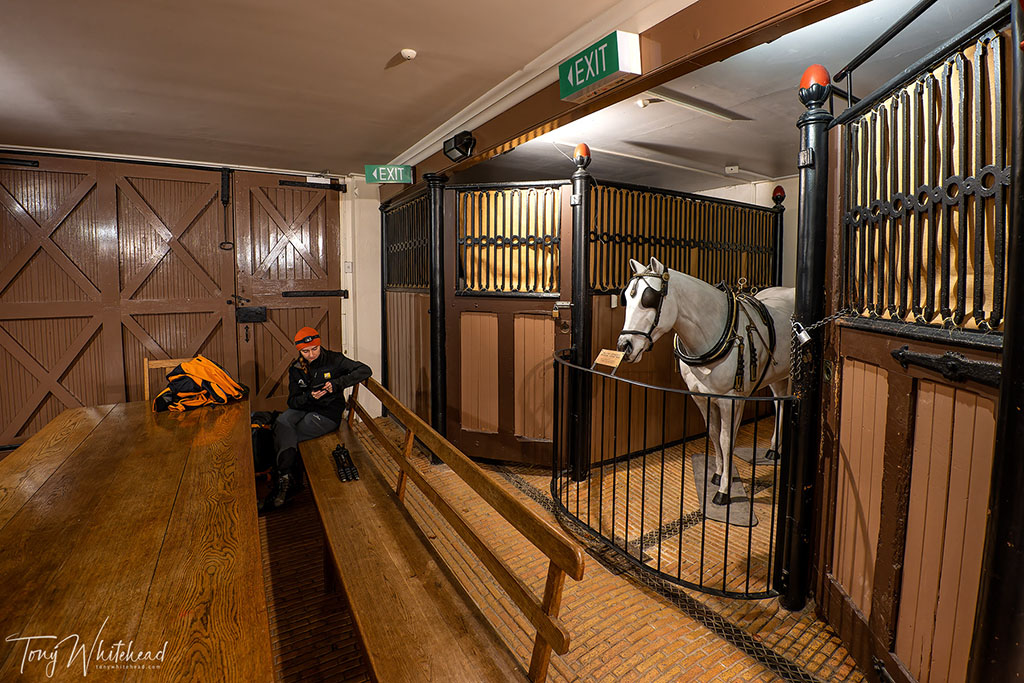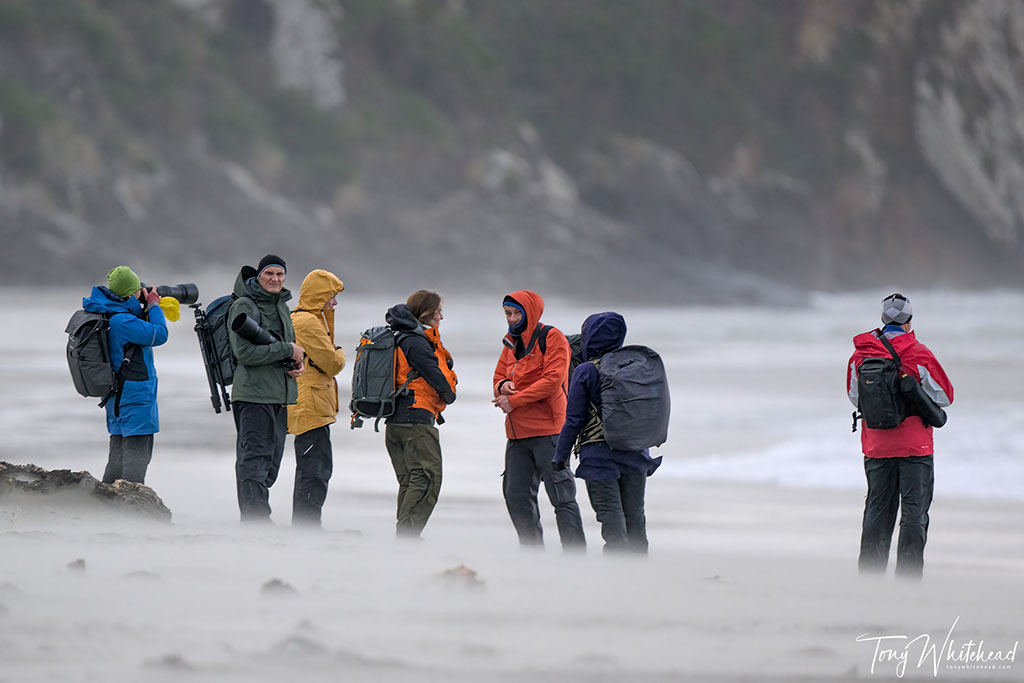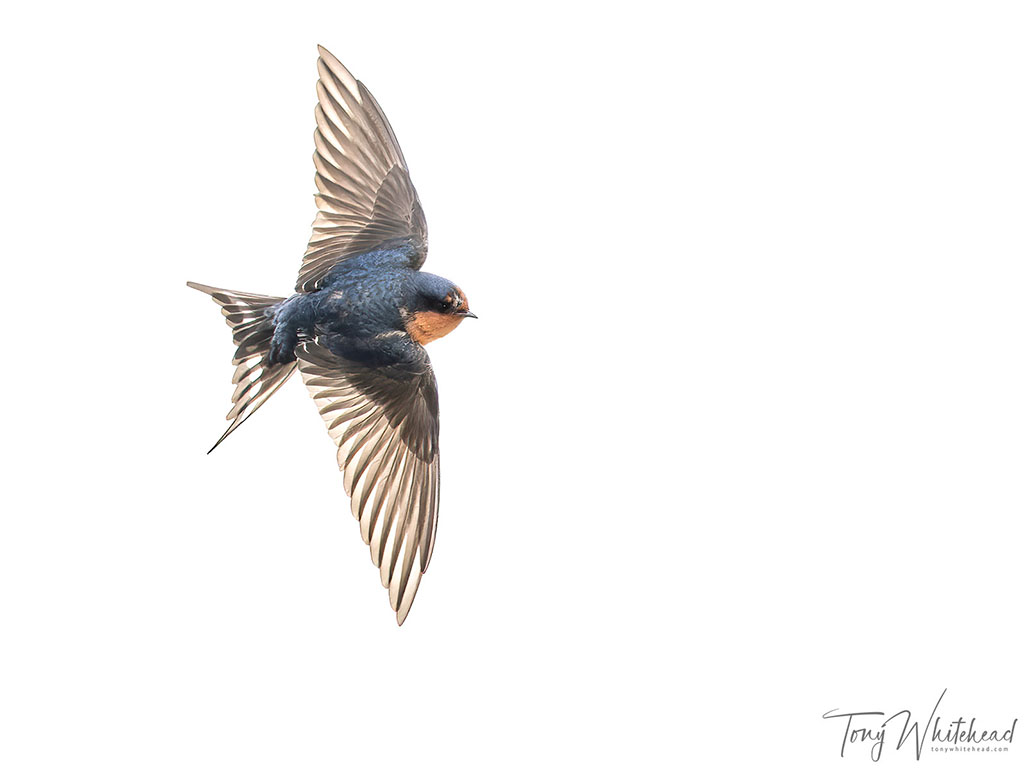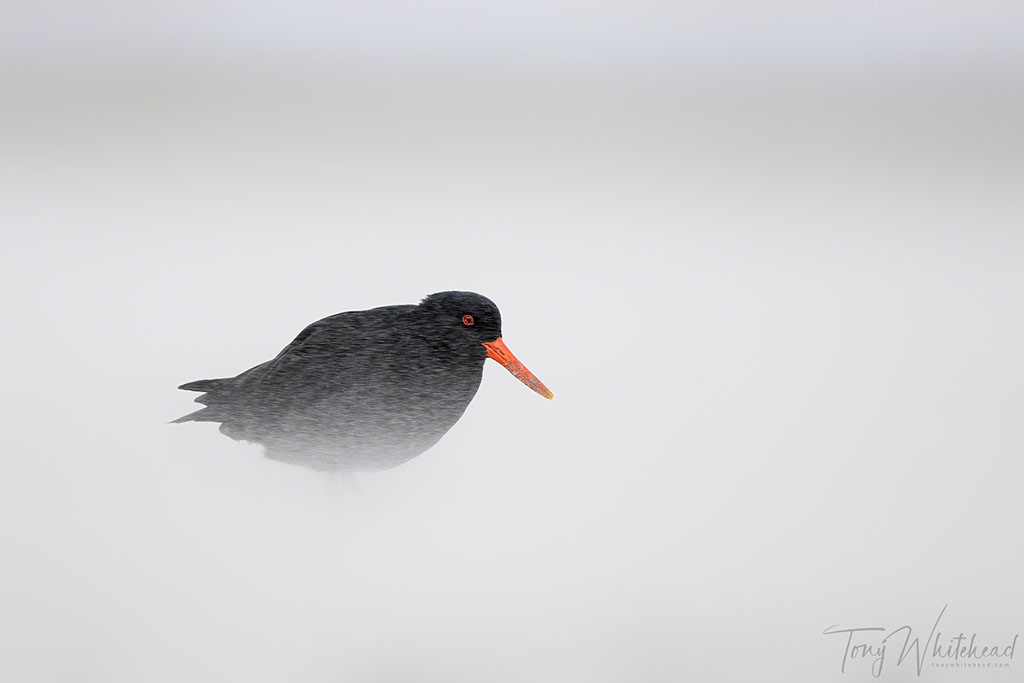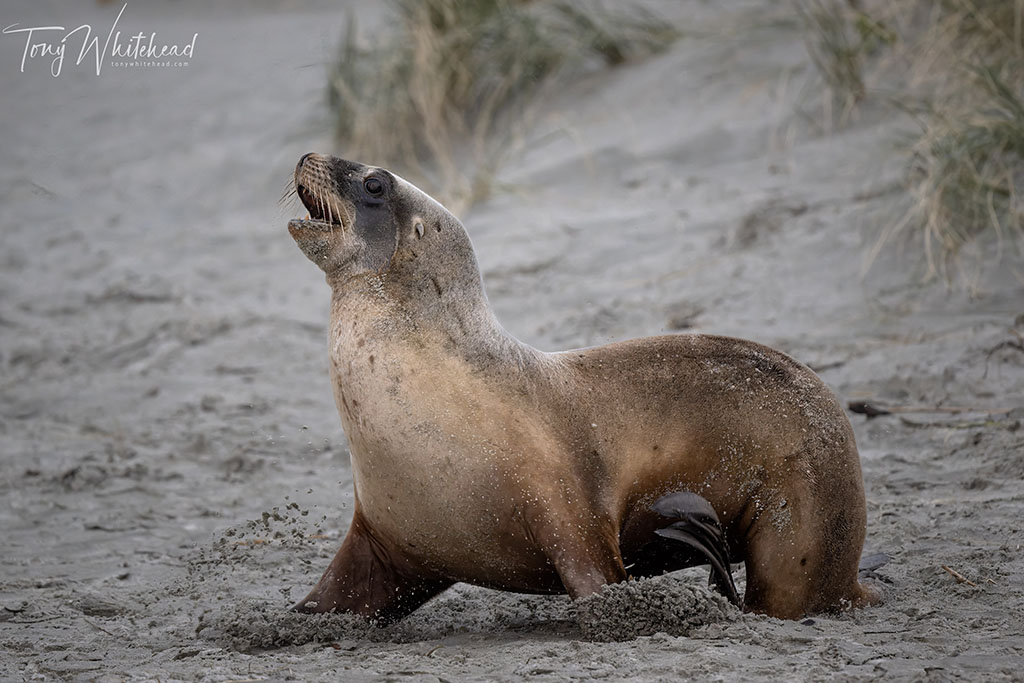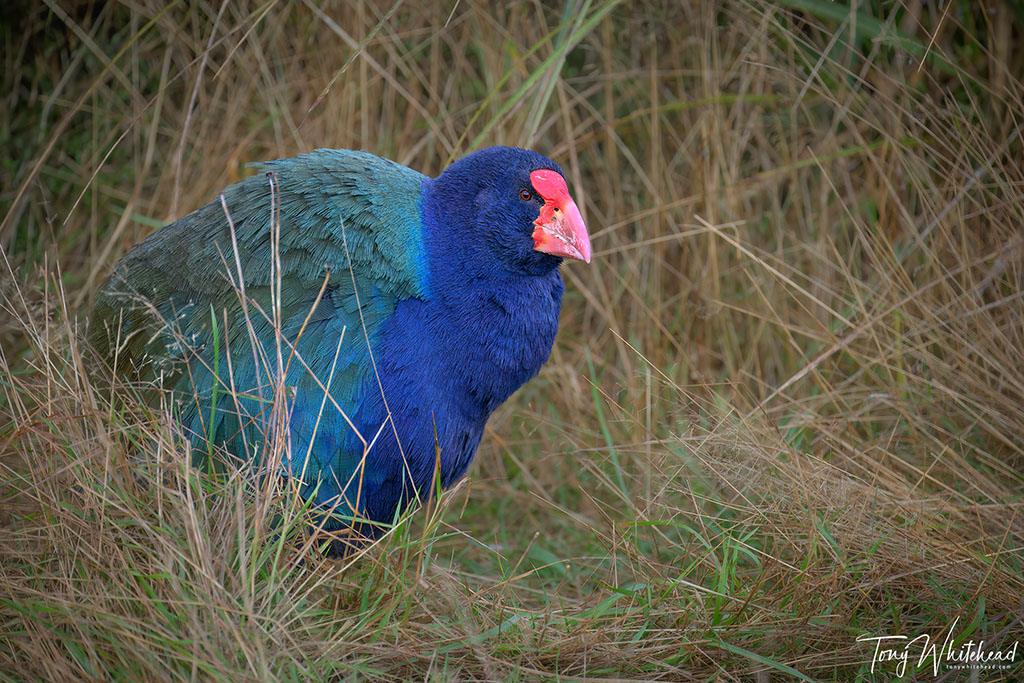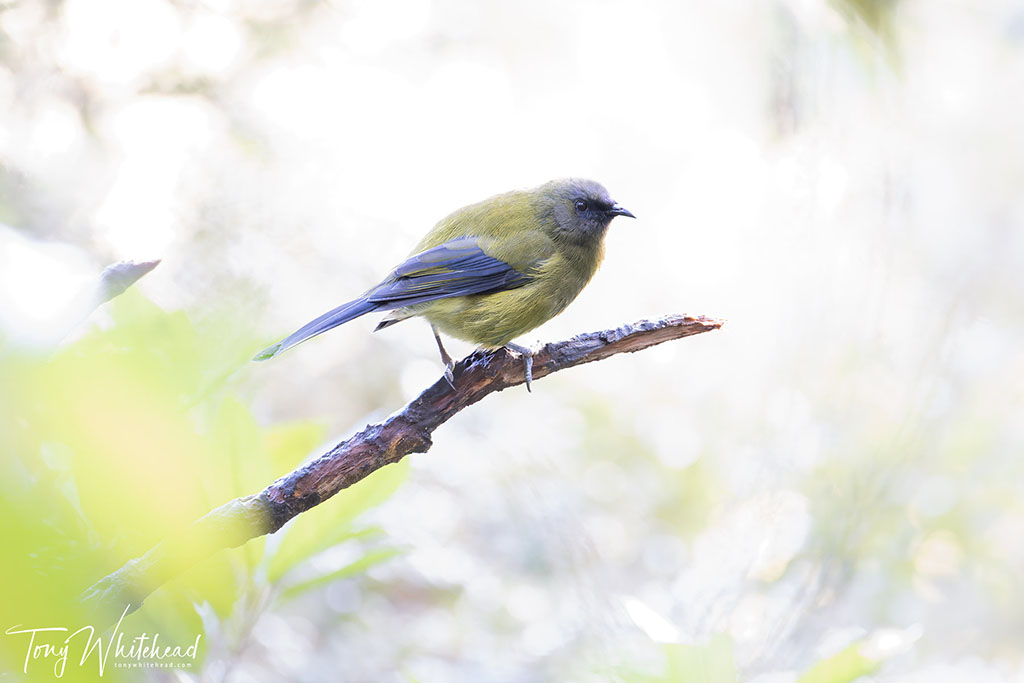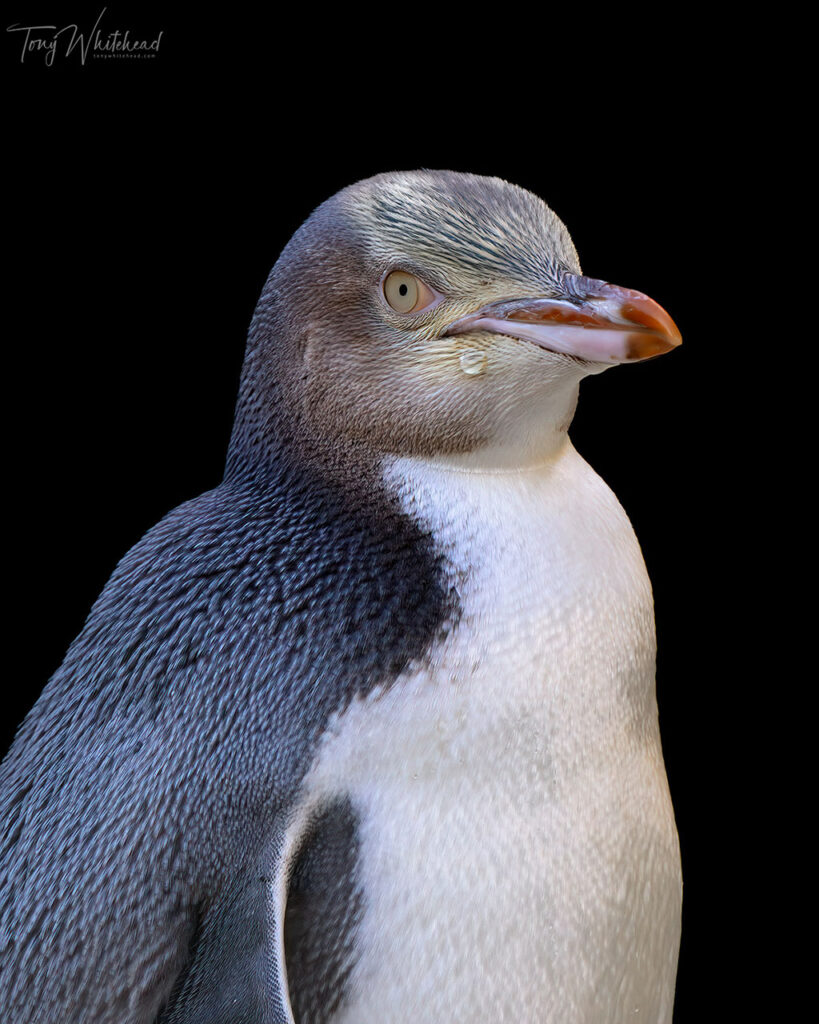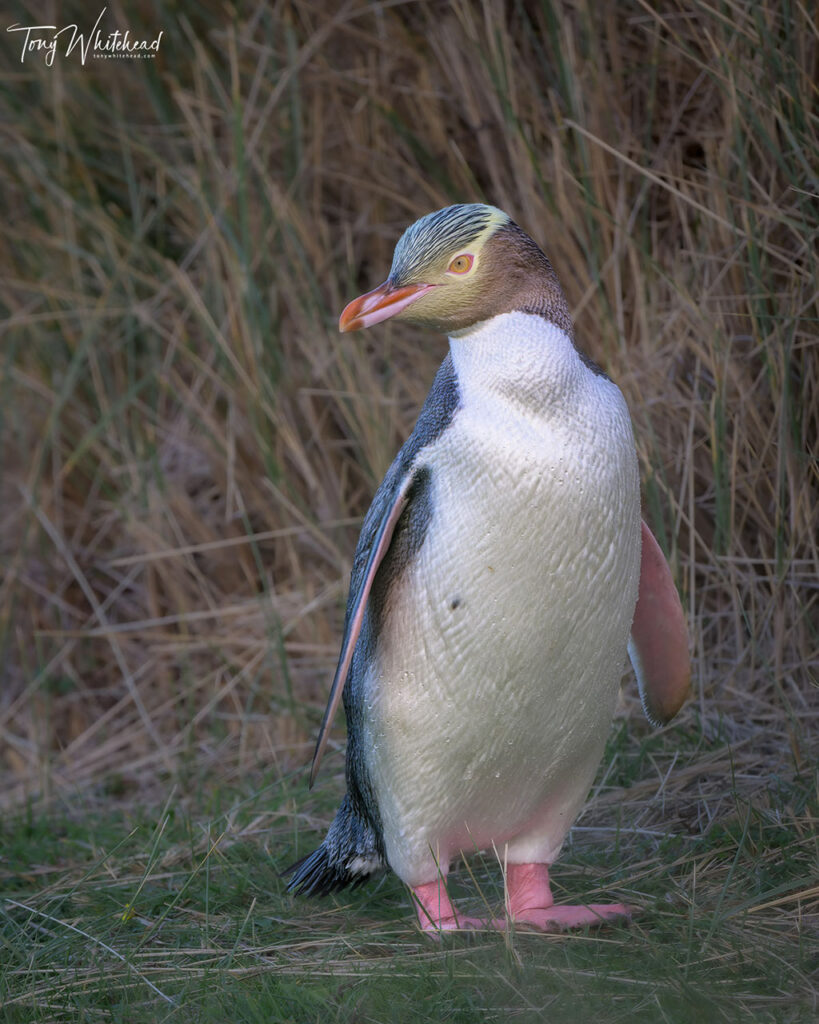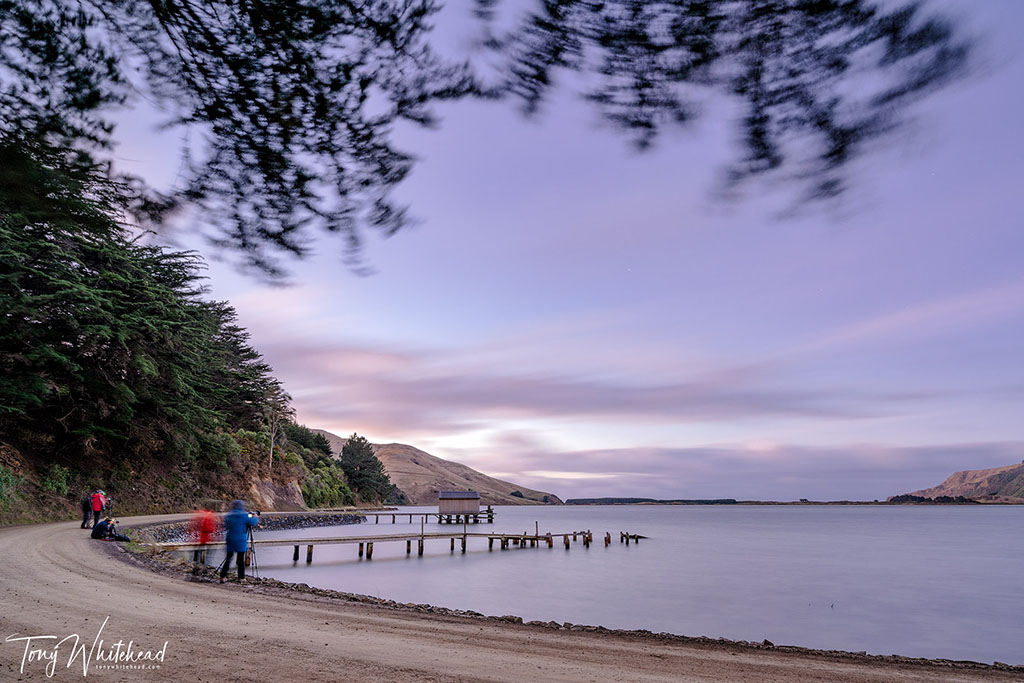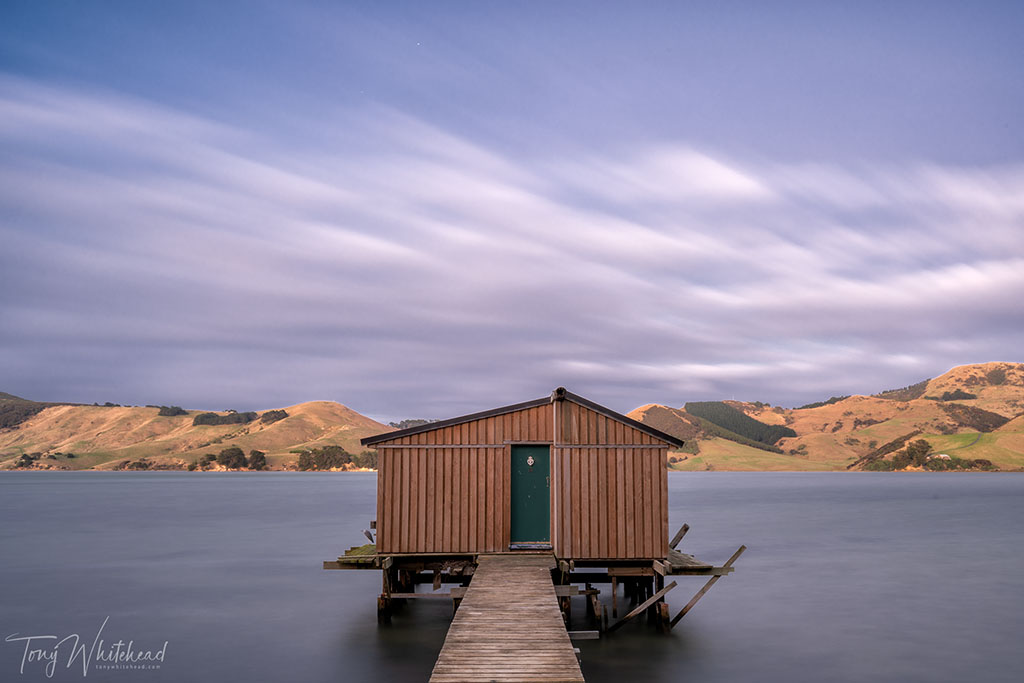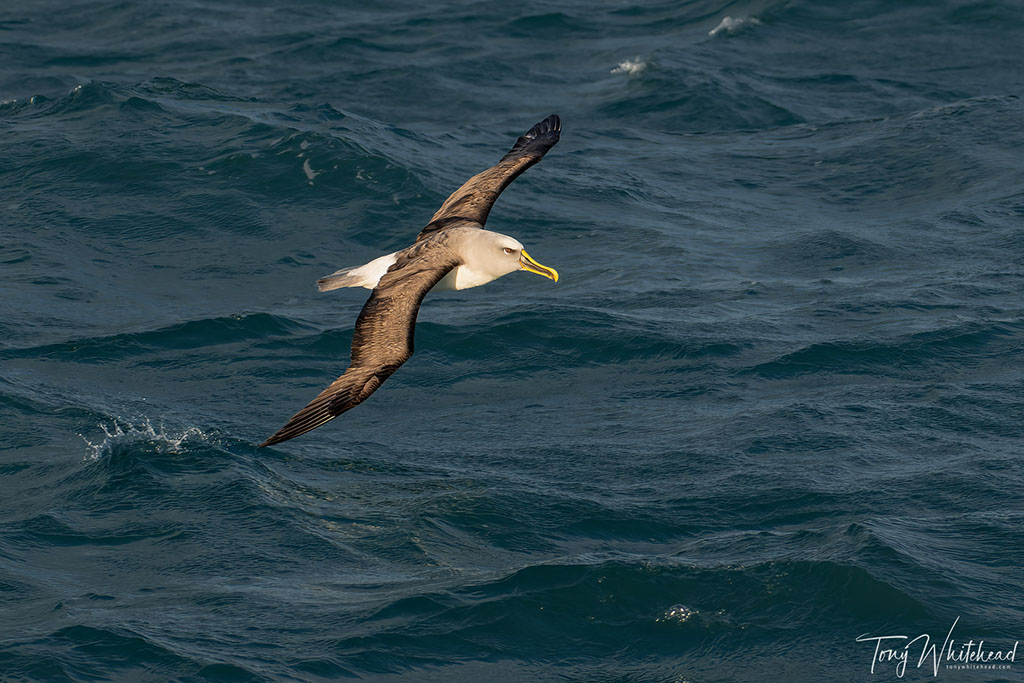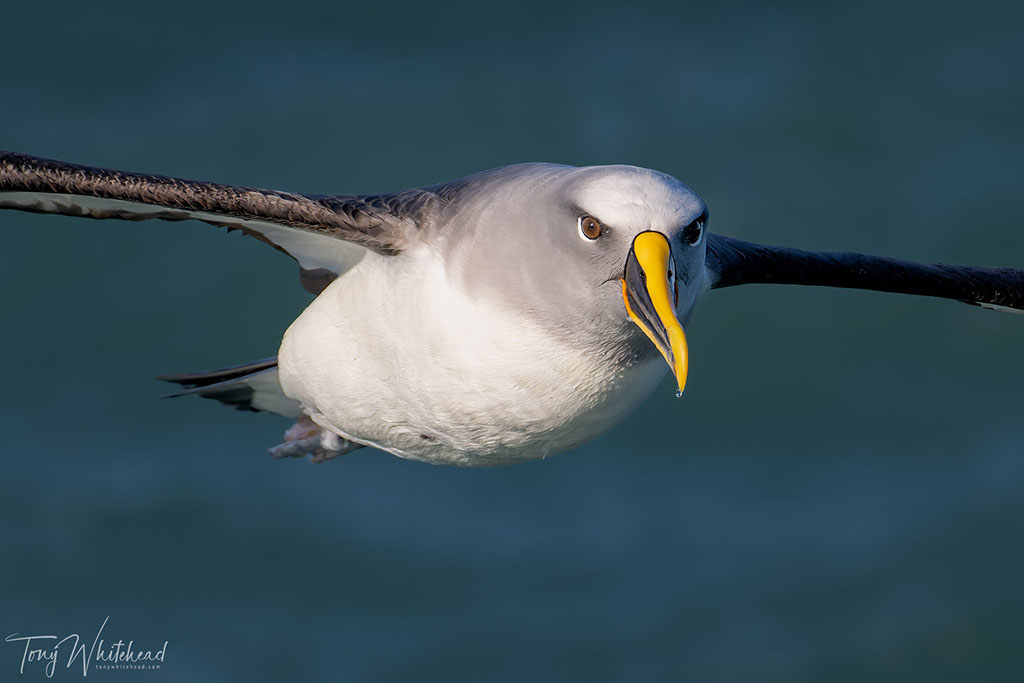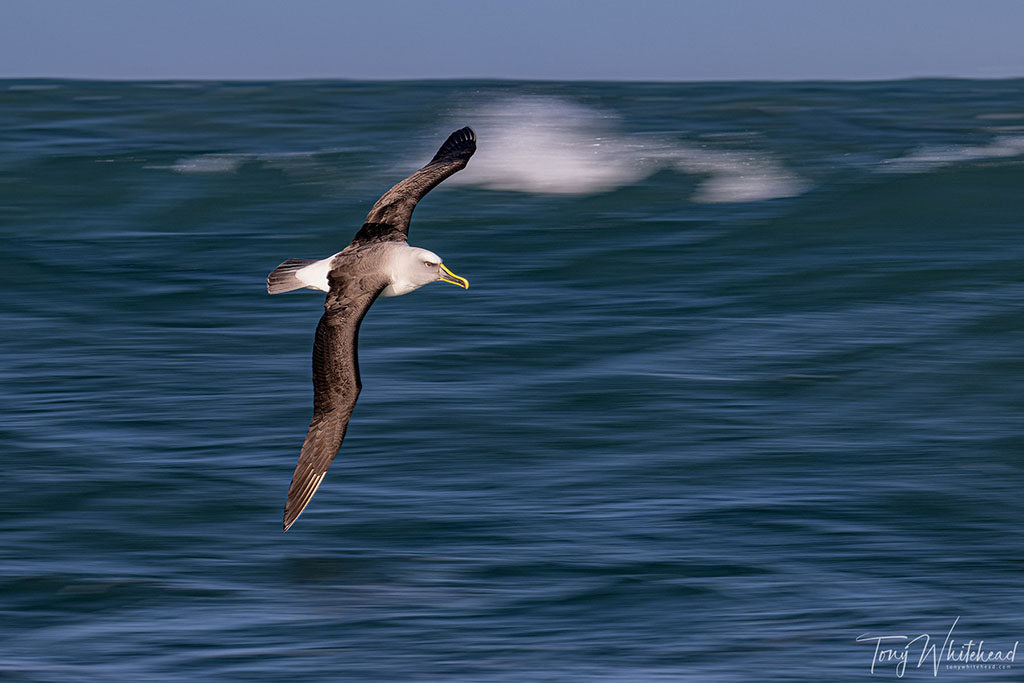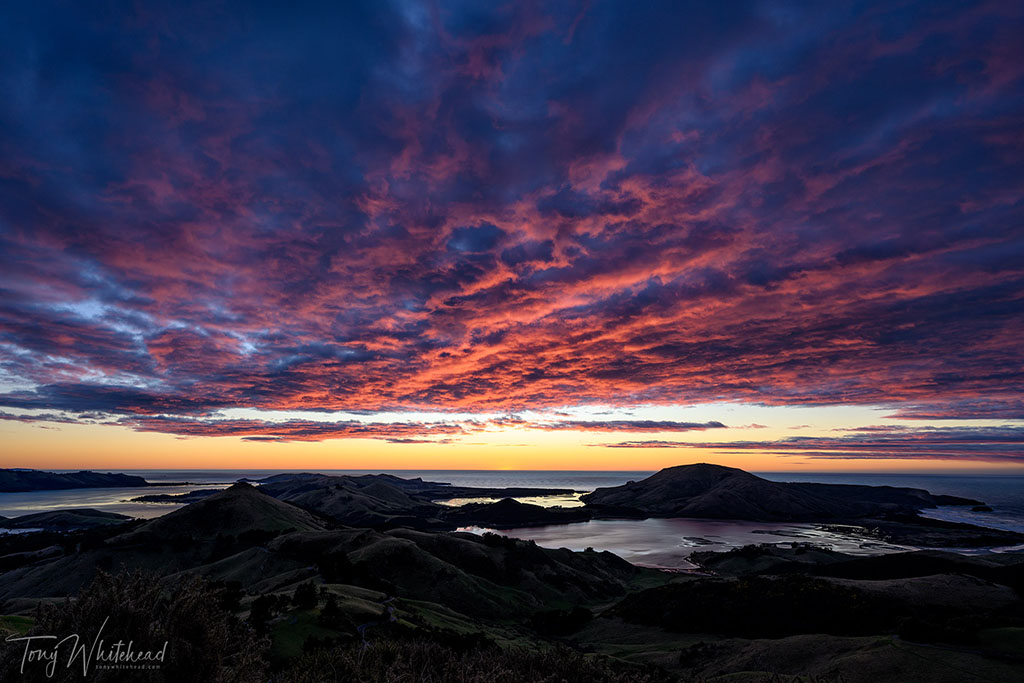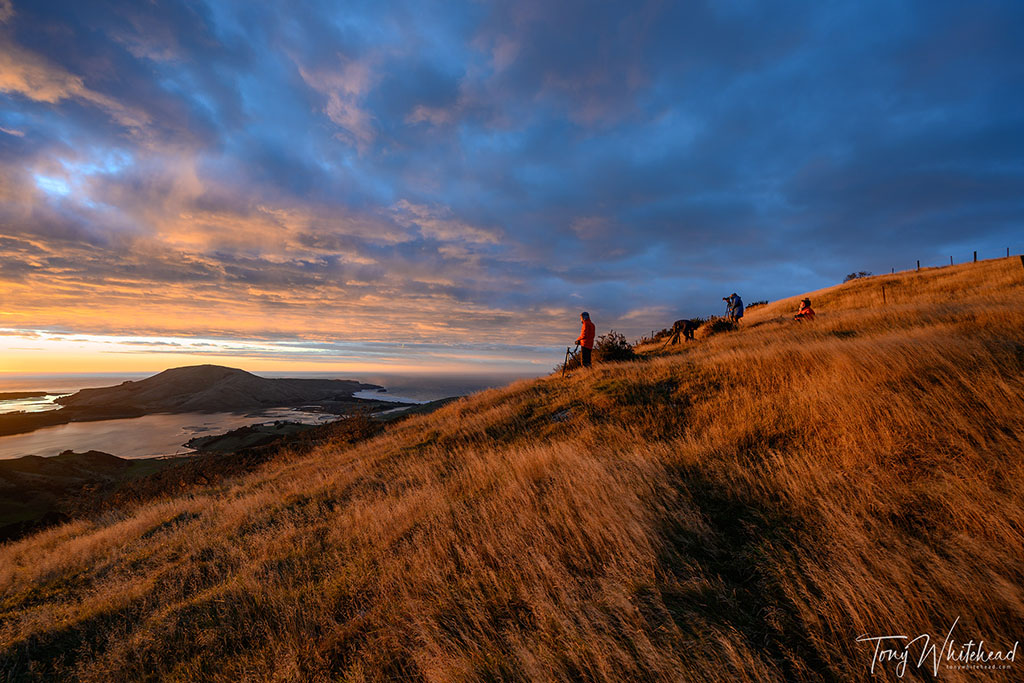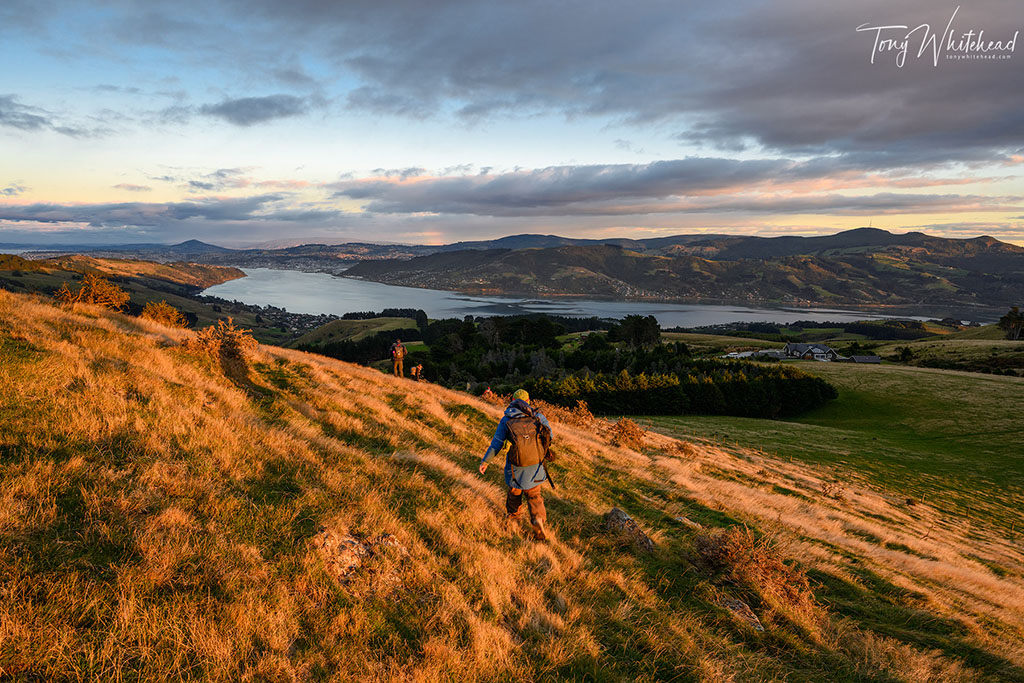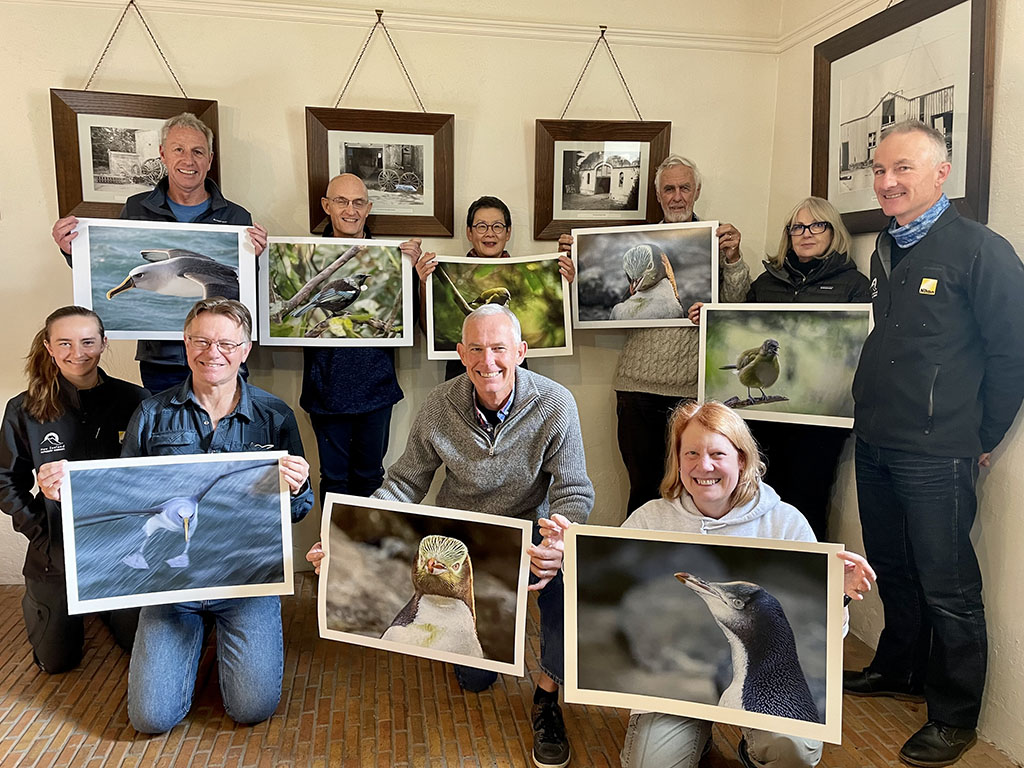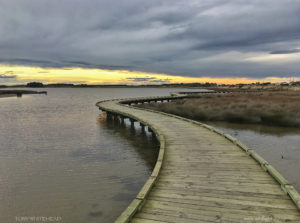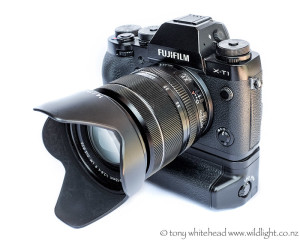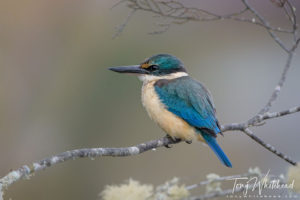In late May I was lucky to spend 4 days immersed in wildlife photography on the Otago Peninsula. This had come about as a result of the December 2021 Subantarctic trip that I had to miss due to COVID rescheduling. Instead of a refund of my deposit, I asked that it be put toward this New Zealand Photography Workshops Otago Wildlife Masterclass. What I mostly mourned at the loss of the Subantarctic trip was a period of time purely devoted to wildlife photography and this workshop was a great substitute.
An early flight from Auckland had us at Dunedin airport delighting at the cool southern air and soon loaded in the workshop van with Edin and Shaun, the workshop leaders. After a detour through Dunedin to collect 2 other workshop participants and experiencing the traffic chaos of an Otago University graduation parade, we were on our way down the Otago Peninsula to our base at Larnach Castle. For those who had only had access to airline coffee a visit to the Ballroom Cafe for a decent coffee was appreciated and became a regular stop during the workshop.
Our venue was at the Stables which provides comfortable shared amenity accommodation which could be upgraded to private facility accommodation at the Lodge. Edin and I shared a room in the Stables which was comfortable and warm and situated just above the space used for the workshop class work and where breakfast was served each morning.
Prior to check-in we had use of the space for a welcome and overview from Shaun and a presentation from Edin covering the basics of wildlife photography and some aspects to focus on in the coming days. After a quick check-in and lunch at the cafe we were geared up and in the van heading past Hoopers Inlet to Allans Beach in hope of Sea lions.
It would be fair to say that conditions were challenging with howling wind, passing showers and a sand blizzard. Challenging conditions open up opportunities for different images and it was a useful illustration of adapting to the conditions. One sea lion on the beach was hunkered down out of the wind and in no sense a photogenic subject. On the other hand the swallows were almost stationary as they flew into the gale.
The sand blizzard offered opportunities for a different view of a Tōrea pango/Variable Oystercatcher provided you didn’t mind getting low and a little sandy.
As we were about to leave an inquisitive juvenile Pakake/NZ Sea lion bumped into us as it headed to sea. Being an inquisitive youngster it made a bit of a nuisance of itself but was well managed by Edin with her previous Subantarctic experience of many similar encounters.
It took quite a while for a controlled retreat to convince the youngster that it was heading the wrong way but finally it turned and headed back toward the sea. We had plenty to talk about at our stop at the Portobello Hotel for a drink and some excellent food. I can personally recommend the Emerson’s Weissbier on tap and bacon wrapped Blue cod!
Returning to the Stables we had a chance for a quick download of images while enjoying a warm shower and then time to edit some images while making sure batteries were fully charged for day 2.
The plan for Day 2 was a trip to Orokonui Ecosanctuary after breakfast at the Stables. I was really looking forward to this, having visited with Edin once previously when we were on a leg of her Birdventure. Conditions were still cold and windy which added to the low light bush environment challenges. Expected subjects are numerous Korimako/Bellbird, Tūī, and Kākā with possibilities of Takahē/South Island Takahe, Kakaruai/South Island Robin, Mātātā/Fernbird and Pīpipi/Brown Creeper.
The Korimako/Bellbirds are the most numerous and are concentrated near feeders. but are very difficult due to the low light and their rapid movement. By watching and finding a regularly used perch you can achieve images with some pleasing backgrounds and out of focus foreground elements that are not too tightly framed.
It was too cold and windy for the skinks so we retreated to the cafe for coffee and cheese rolls. Lunch was back at the Castle cafe before heading out to Taiaroa Head to use a bit of time before our visit to Penguin Place. This was a new stop in the itinerary as the previously used operation was closed. We had an excellent guide who accommodated our priority for photography perfectly. We began with a quick visit to the rehab centre which offered opportunities for portraits of wild Hoiho/Yellow-eyed Penguins in rehab prior to release.
We then bussed out to the network of covered trenches to look for birds returning from a day out fishing. We were lucky to see 3, one of which was close enough for some good images. Being a long term studied population some birds still have flipper bands and this individual was one of those. I chose to remove the band in Photoshop as I find any bird bling distracting in an image. Flipper bands have been shown to negatively impact penguins and have been superseded by transponders for study purposes.
Interestingly Edin and I had visited this location many years ago and it was the place where I took my first photo of a Hoiho/Yellow-eyed Penguin.
On our return we detoured around a headland to see a Kekeno/New Zealand Fur Seal colony which offered some images in the absolute last light of the day. Day 2 had been a day to put the high ISO limits of our cameras and workflow to the test.
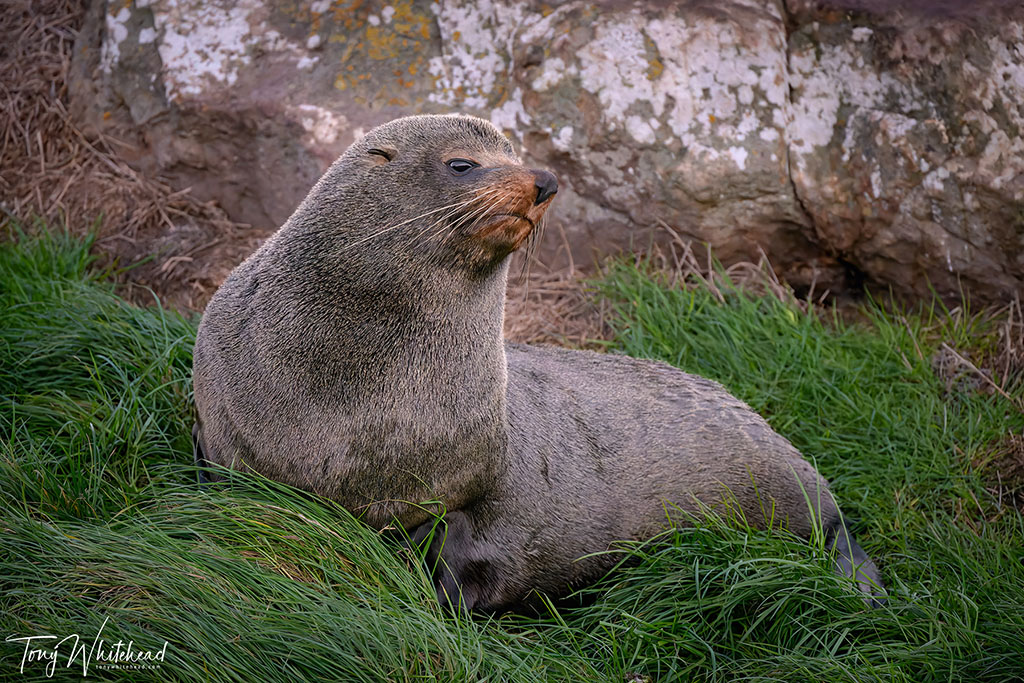
Portobello Hotel was again the venue for dinner where I couldn’t pass on a replay on the Emerson’s Weissbier. For food I went with a lamb burger which was excellent but I was very tempted by the falafel burger or falafel salad as a vegetarian option. Again, returning to the Stables gave an opportunity for image download and charging in preparation for day 3.
Day 3 began well before breakfast with a trip to Hoopers Inlet for sunrise landscape photography. This was optional but saw most participants up early and wrapped up against the cold wind. It was a great chance to practice some long exposure shots and the opportunity was available to work with some filter kits for those who wanted to.
A landing heron caught my eye and I found it hunkered in the lee of one of the boat sheds. I took a few 30 second exposures hoping that it would remain still and this one worked out reasonably. It may look like a landscape image but if you look at the small deck to the left you can see it is actually a bird in habitat shot!
When the sun finally rose thoughts moved to coffee and breakfast which we enjoyed back at the Stables. The plan for the rest of the morning was to do some image processing with some time available for one on one input from the tutors. We set up in the Ballroom cafe with it’s cozy log fires and easy access to good coffees. We stayed through to lunch which was judiciously planned, keeping in mind our afternoon expedition to sea with Monarch Wildlife Cruises. This was the part I had been most looking forward to. I have been out with Monarch before and got some decent images but this was going to be a charter trip specifically for photography. The days of heavy wind made conditions ideal for albatross if a little lumpy and uncomfortable for humans.
Bullers Albatross can be expected and others hoped for but we were spoilt. More Buller’s than you could shake a stick at, piles of White-capped Albatross, regular Southern and Northern Royals as well as large numbers of Cape Petrels and occasional Northern Giant Petrels. For most of us the relative discomfort was more than worth it.
The aim at first is to get good sharp flight shots but then when so many opportunities exist the chance to try for some pan blurs must be taken. This is high risk/low yield photography but when it works I find the images very exciting. They add a sense of the movement and speed of these amazing birds that is lost in the high shutter speed images.
I have so many images from this trip on the Monarch that I have only scratched the surface in processing a few so far. The vessel and van heading home was buzzing with excitement. There is something about albatross.
Evening of Day 3 was a dinner at Larnach Castle. I think most would have been happy to head back to the Portobello Hotel but in the end an enjoyable a dinner let us experience the unique environment of the Castle. We discussed the plan for a morning sunrise landscape shoot which again was optional.
The morning saw fewer up early but the short van trip and then hike was a nice lesson in landscape photography. What began as a bald sky cultivated some clouds to be underpainted by the rising sun. Just seeing this evolve before our eyes was worth the trip.
The hike back looking down on Otago Harbour in the morning light was a bonus. The short drive back was rewarded with a much anticipated, well earned, warm breakfast.
Day 4 was our final day with the morning after breakfast scheduled for image processing and printing. Richard Young had arrived the previous evening and brought an A3+ Epson printer and a range of papers to print up 2 images for each of us. There was also the sharing of some images for the challenges we had been given at the start of the workshop with some useful prizes for the winners.
Printing images was a fantastic culmination of the workshop. I am a big advocate for printing and displaying images as I have written about before in Printing Photos and The Joy of Printing Photos. Richard is a very experienced printer and it was great to work with him optimising images, selecting paper and soft proofing for printing. We chose to print my images on a fine art matt paper and the results were fabulous. The prints are now framed and on display in my home bringing me a happy reminder of an excellent experience every time I walk past them.
My hope when booking in for this workshop was simply to have 4 days of undisturbed time to photograph and enjoy photography time with Edin. Looking back I easily achieved that, but more than that, the opportunities and interaction with like-minded photographers made it a memorable experience during which I managed to push my image making up a level. I picked up some post processing and printing tips that made me reintroduce some previous elements to my work flow and add in a couple of new ones. This cross pollination of creative and technical ideas is a real strength of this type of workshop and has added to my pleasure in subsequent image editing. I think everyone ended up with images that they were pleased with and possibly hadn’t though possible before the workshop. I definitely achieved some images that exceeded my expectations due to the opportunities available.
The Otago Peninsula is a fantastic venue for this as so much is accessible in a small area. Minimal time is used in travel allowing maximal time to be out photographing. Other locations in New Zealand would work but not many could take you from bush birds to penguins one day to pelagic birds the next. As a North Island resident who loves the South Island it was just perfect. Wind, cold and albatross (not to mention Emerson’s and cheeses rolls), what could be better!
